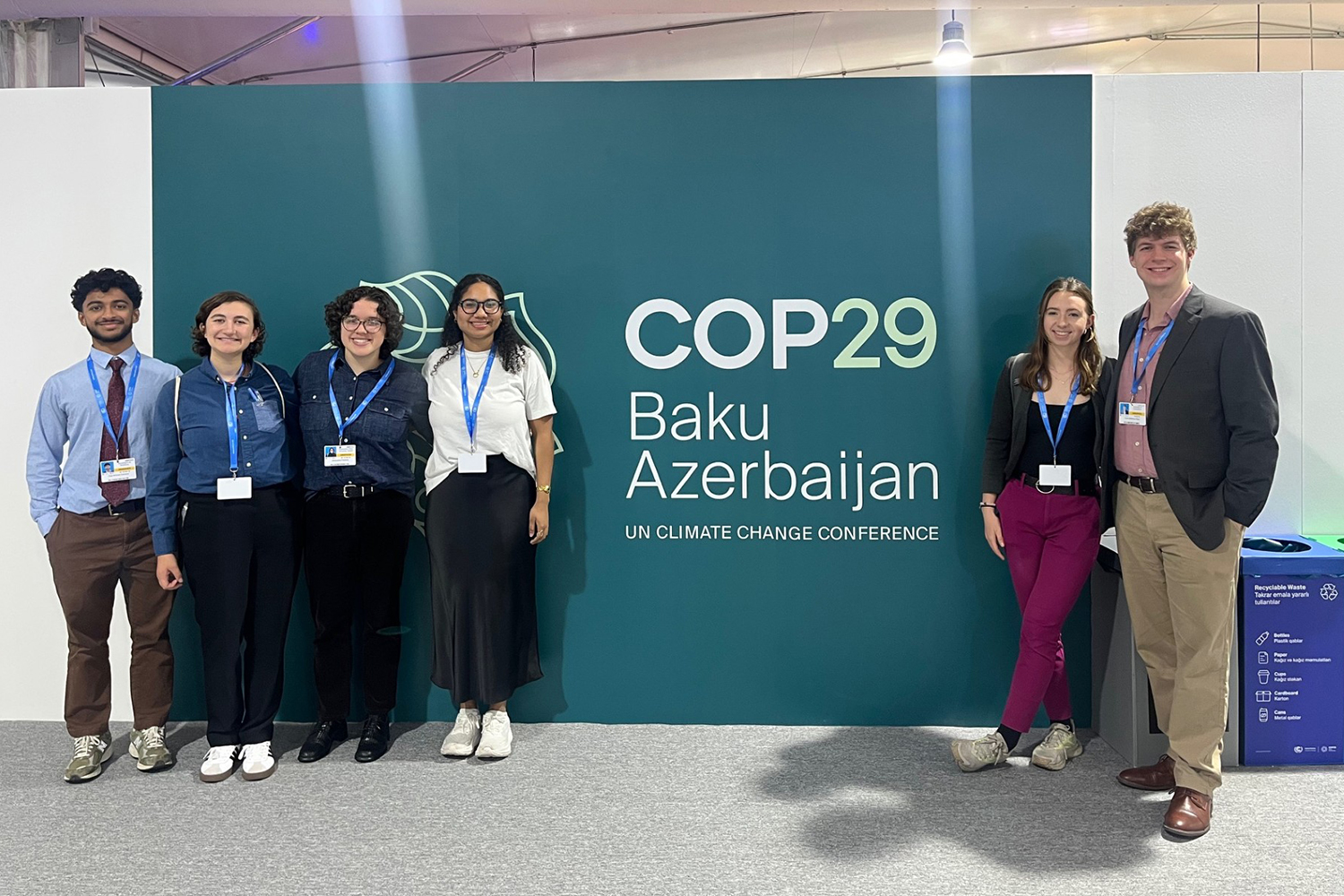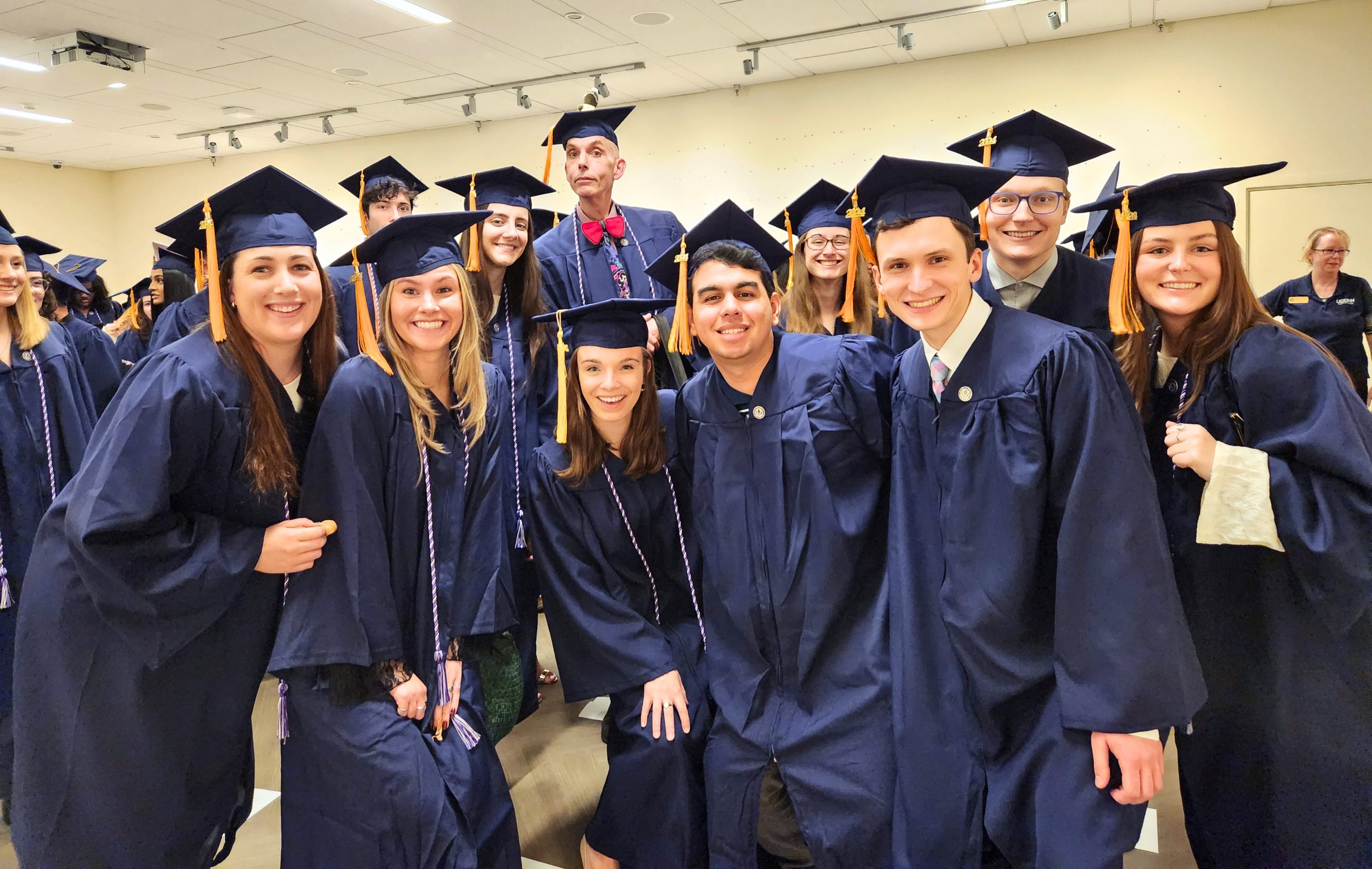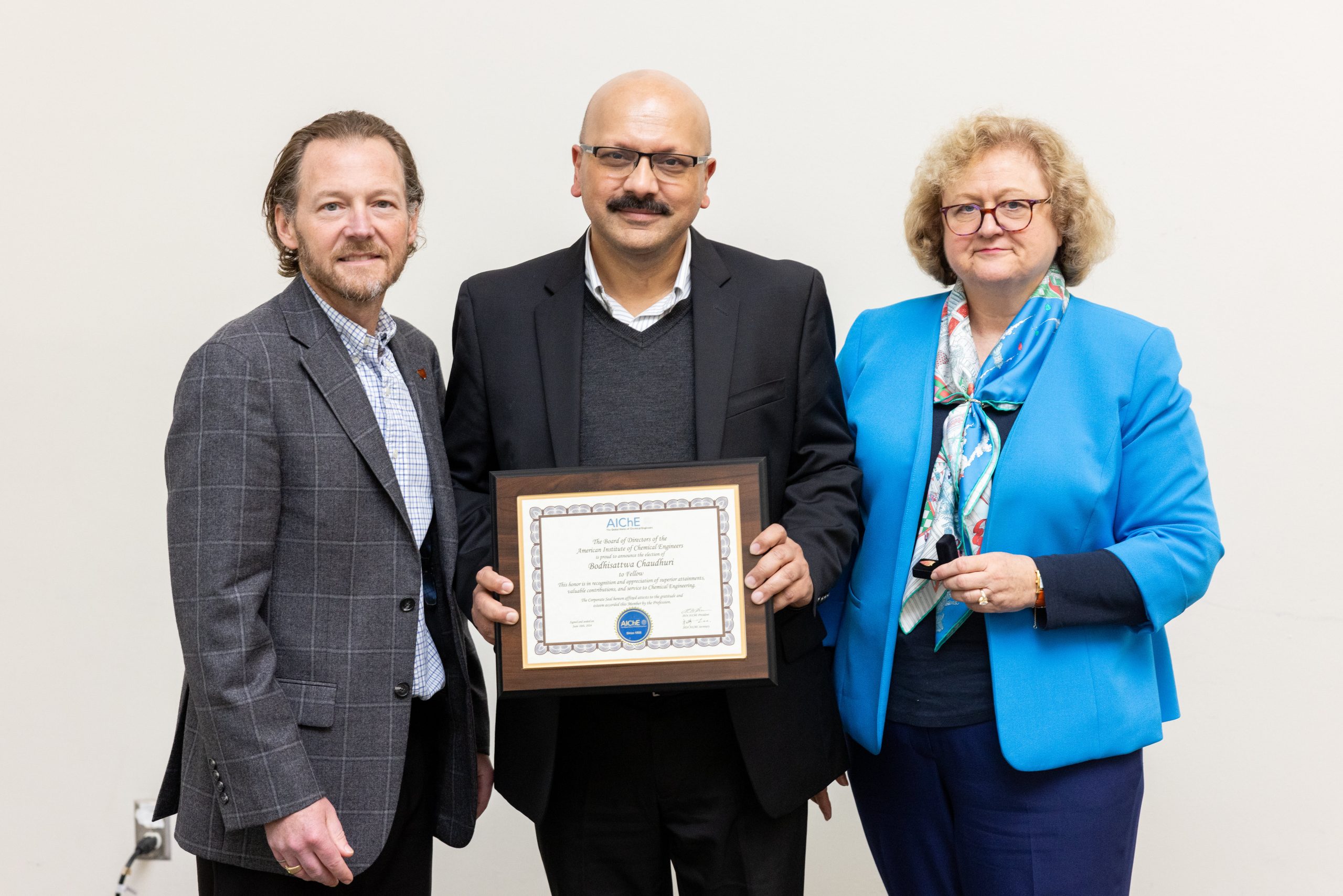A group of gun violence researchers, government officers, elected officials, and community workers from around the state and the country came together in Hartford last week for the first conference of its kind in Connecticut.
The meeting, titled “Correlates, Causes and Solutions for Gun Violence in America,” brought new data analysis by political scientists, psychologists, sociologists, and public health experts together with government and community practitioners to put into action efforts to reduce gun violence in Connecticut and across the U.S.
A major theme of the workshop, which was organized and hosted by the Department of Public Policy in the College of Liberal Arts and Sciences, was that when gun violence is treated as a public health crisis, there is a lot to learn about ways to prevent fatalities, especially in high-risk areas.

“We are coming into a golden age of doing gun violence research,” said Jordan McMillan, a 6th-year sociology Ph.D. student working with Professor of Sociology Mary Bernstein.
“We are just starting to get at what research is effective and most useful,” Bernstein adds.
Harvard Professor David Hemenway’s keynote address summarized dozens of studies showing that gun violence is more common in states with higher ownership of firearms. He showed that a harm reduction approach, similar to strategies used with public health threats like car crashes or infectious disease, could create policies that reduce gun violence.
Board of Trustees Distinguished Professor Blair Johnson presented data on 321 mass shootings – shootings with four or more fatalities – in the U.S., gathered from news reports. His analysis showed that in areas with high income inequality, such as Connecticut, mass shootings occur more often when poor areas are juxtaposed closely with areas of privilege.
“There is some order to where mass shootings occur,” he said, noting that people who are disenfranchised are more likely to lash out at people who they see as holding them down.
He also showed that, with gun violence more generally, some areas have higher levels than they should, based on predictive models including social, economic, demographic, and environmental factors, whereas in other areas, there is less than predicted.
He suggested that “hot” spots for shootings should examine what “cool” spots are doing to prevent gun violence, and try to enact those efforts at a local level.
A panel discussion paired researchers and practitioners from government and community organizations to discuss specific areas of gun violence. Assistant Professor-in-Residence of Public Policy Jennifer Dineen joined Rachel Leventhal-Weiner, chief research and planning officer in the Connecticut Office of Early Childhood to discuss gun violence against children.
Dineen said that only a very small proportion of children who die from guns die in mass school shootings, but that those shootings capture the public’s and the news media’s attention.

“There’s a heavy focus on school shootings, but a paucity of research on other types of gun violence against children,” said Leventhal-Weiner.
She noted that there is also no information showing whether the “hardening” of schools, or placing higher security, more lockdowns, and even defensive guns in schools, results in a decrease in school violence.
Identifying the root causes of violence in communities, she said, is a major way to prevent violence.
Assistant Professor of Public Policy Kerri Raissian spoke with Connecticut State Representative Jillian Gilchrest (D-West Hartford) about intimate partner violence.
Raissian’s research has shown that the Gun Control Act expansion of 1996, which prevented people with a previous domestic violence conviction from buying a gun, is linked to fewer intimate partner homicides over time.
But Raissian pointed out what she called “the dating loophole” in studies of intimate partner violence: that many regulations and related academic studies don’t apply to unmarried and non-cohabitating dating relationships.
Legislation passed days before the conference in the U.S. House of Representatives would renew the Violence Against Women Act with a new clause making it easier to take guns away from domestic violence offenders who are not married.

Gilchrest also commented on misrepresentations of gun safety, and that even though data show that owning a gun does not make you safer, many people simply go with what they feel.
“There is a difference between what makes you feel safer, and what makes you actually safer,” she said.
Raissian also noted that the idea of substitution – that without access to guns, people will figure out ways to commit violence crimes – is false in the case of domestic violence.
“There is no substitution when guns are restricted,” she said. “We don’t stop killing people with guns and start killing them with knives. We just stop killing people.”
Panel speaker Diego Lopez, a community worker with the Hartford-based Compass Youth Collaborative’s Peacebuilders program, was a gang member, a victim and perpetrator of gun violence, and served time in prison. He said he works every day to help conceptualize that each perpetrator was once a victim, and they nearly all have a history of trauma.
He encourages the youth of Hartford to become police officers to remove the stigma associated with cops, and to make the community feel like they are being protected by their own.
“There is lots of emphasis on the perpetrators, but we also need to think about how community members are indirectly affected by living in a place where violence is normalized,” he said.
McMillan said that her own work has been enriched by attending the conference, and that she looks forward to potential collaborations with many of the researchers she met in coming years.
“Being here with all these phenomenal people – both researchers and practitioners – has been incredible,” she said.
Bernstein, McMillan, Johnson, and Raissian’s work was funded by the College of Liberal Arts and Sciences Bennett Fund for Innovative Education in Health and Society, made possible by Alan Bennett ’69 (CLAS).



